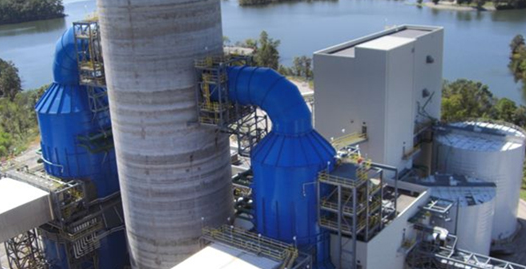If you have heavy duty pails, drums or totes storing materials at your facility then you should strongly consider secondary containment. A secondary containment serves as reinforcement by means of an outer wall or secondary barrier. Theses containers main function is to prevent contamination and ensure safety.
Types of Secondary Containment Systems
There are many different types of secondary containment systems. The variety of configurations can range from a simple shed to an underground vault system. These systems can be custom built to fit different needs.
The different types of secondary containment systems include:
- Tank Containment
- Berms
- Drip Buckets
- Sunken Floors
- Curbs
- Dike Systems
- Liners
Why You Need Secondary Containment
SPCC Requirements and EPA Requirements
The Spill Prevention Control and Countermeasures (SPCC) Regulations requires facility owners or operators with more than 1,320 gallons of above-ground oil storage capacity or 42,000 gallons of underground oil storage capacity to have a plan written that focuses on how the facility will prevent oil spills to navigable waters and adjoining shorelines. These regulations also requires facilities to be prepared for and have the ability to respond appropriately to oil discharges if the processes and/or devices put into place fail.
Although particular methods or devices that must be used or applied to prevent discharges are not specified by the EPA, the regulations do allow the facility owner or operator to be flexible in determining the best way for their facility to comply. The methods listed in the facility’s written plan should be in accordance with accepted “good engineering practices.” In most cases, they also must be certified by a Professional Engineer (PE).
Bulk containers require secondary containment as a planning element. The EPA’s SPCC Guidance for Regional Inspectors states that “secondary containment is required for all facilities with bulk storage containers, large or small, manned or unmanned, and for facilities with bulk storage containers that also have oil-filled equipment.”
Active or Passive?
According to the EPA, “appropriate containment should be designed to address the most likely discharge from the primary containment system such that the discharge will not escape containment before cleanup occurs.” EPA clarified in an amendment to 40 CFR 112.7(c) that secondary containment “may be either active or passive in design.”
The active containment measures the containment method or device to be in place by means of physically deploying or taking action. The measure can be deployed in reaction to a discharge or before an activity involving the handling of the oil begins. Although not necessary for all situations, when they are utilized the facility must specify the resources available and dedicated to their use.
Active measures can include:
- Proactively positioning storm drain covers over drains before oil transfers
- Reactively positioning storm drain covers over drains before a spill reaches them
- In the event of an oil discharge use a spill kit
- I the event of an oil discharge using a spill response team (spill response capability)
- Prior to a discharge closing a gate valve
Passive containment measures, differing from active, do not require physical deployment or action to be take by someone to contain a spill. Examples include:
- Containment pallets
- Berms
- Retaining walls
- Drip pans
- Spill diversion and retention ponds
General and Specific Containment
Under the SPCC rule, the EPA specifies general and specific requirements.
According to the SPCC Guidance for Regional Inspectors, general secondary containment requirements are “intended to address the most likely oil discharge from bulk storage contain, mobile/portable containers; accordance with good engineering practice.”
There is no specified volume that needs to be contained under the general requirements because they involve containers, processes and oil-filled equipment.
The specific secondary containment requirements, according to the SPCC Guidance for Regional Inspects are “intended to address a major container failure… these specific provisions explicitly provide requirements for sizing, design, and freeboard that need to be addressed in the SPCC Plan.”
These requirements apply to the following:
- Bulk storage containers
- Loading/unloading racks
- Mobile or portable bulk storage containers
- Production facility bulk containers, including tank batteries, separation and treating vessels/equipment
Secondary containment is needed if you store regulated materials or materials that are toxic, flammable, reactive, combustible or corrosive. To be sure about whether or not the materials are regulated, it is important to check the federal CERCLA list and your state’s Critical Materials Register. Even if your stored materials are not on these lists, secondary containment is still highly recommended. For information regarding our protective coatings services for secondary containment, read our article The Importance of Secondary Containment Protective Coatings.


thanks for the nice sharing